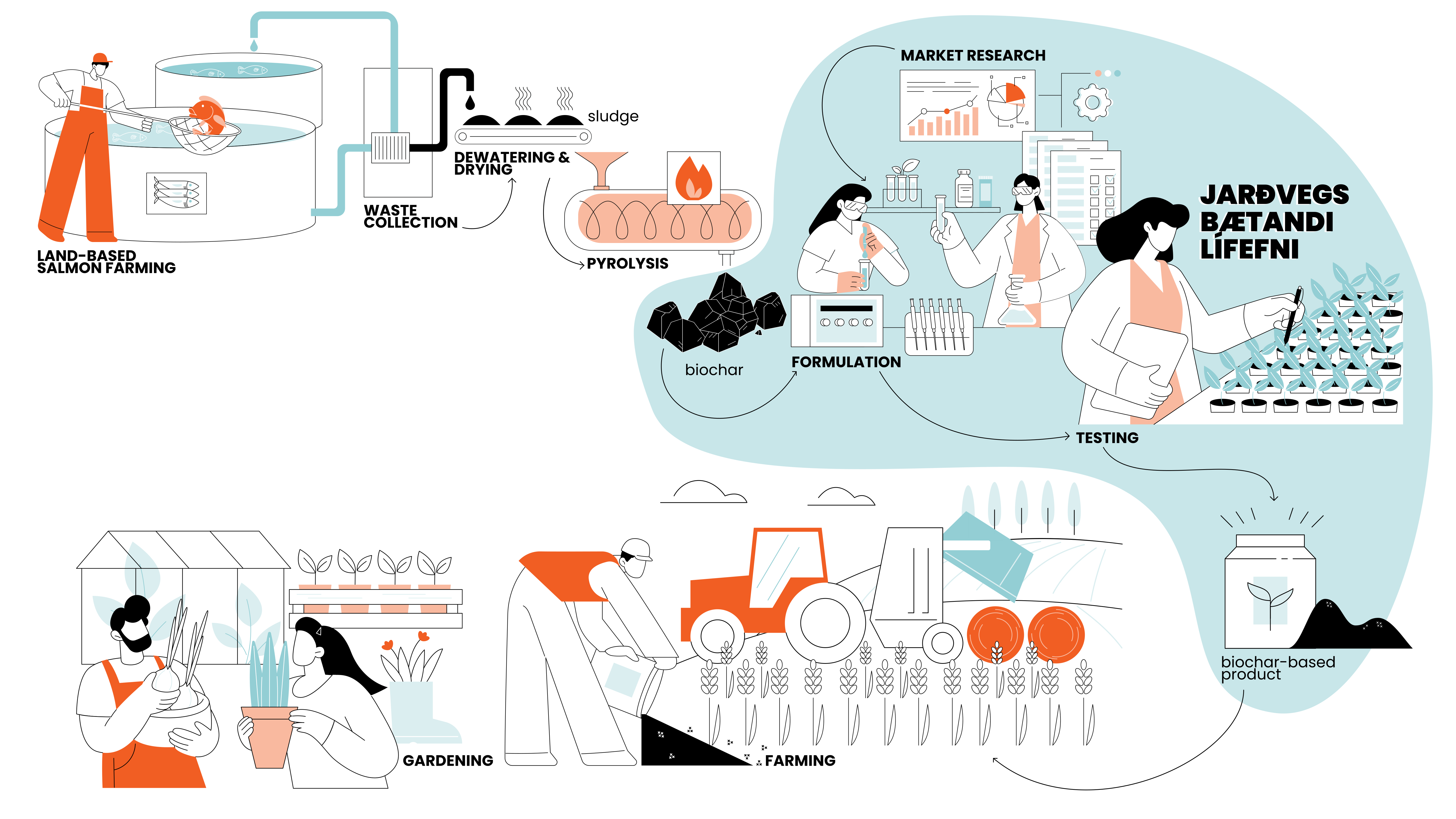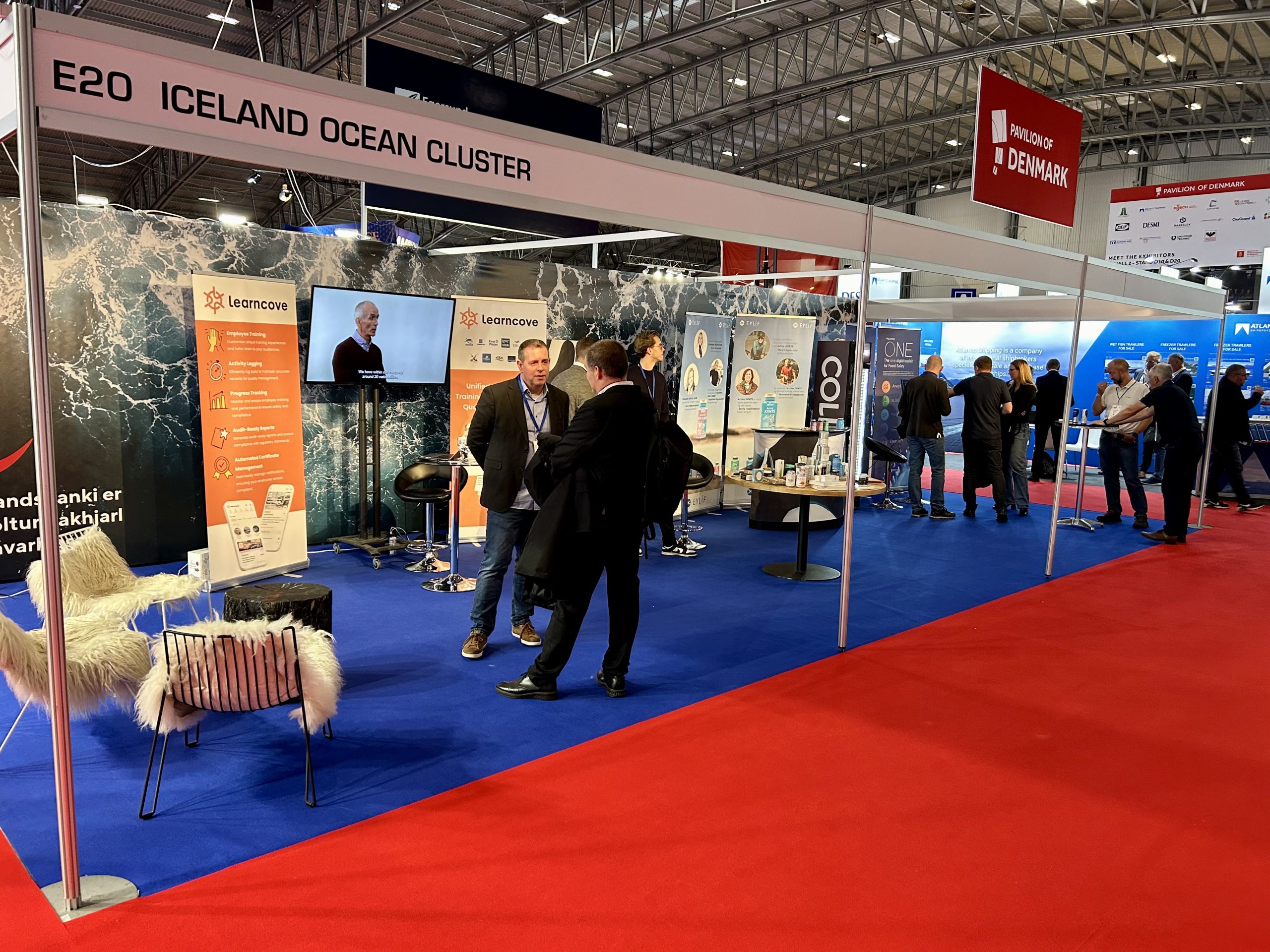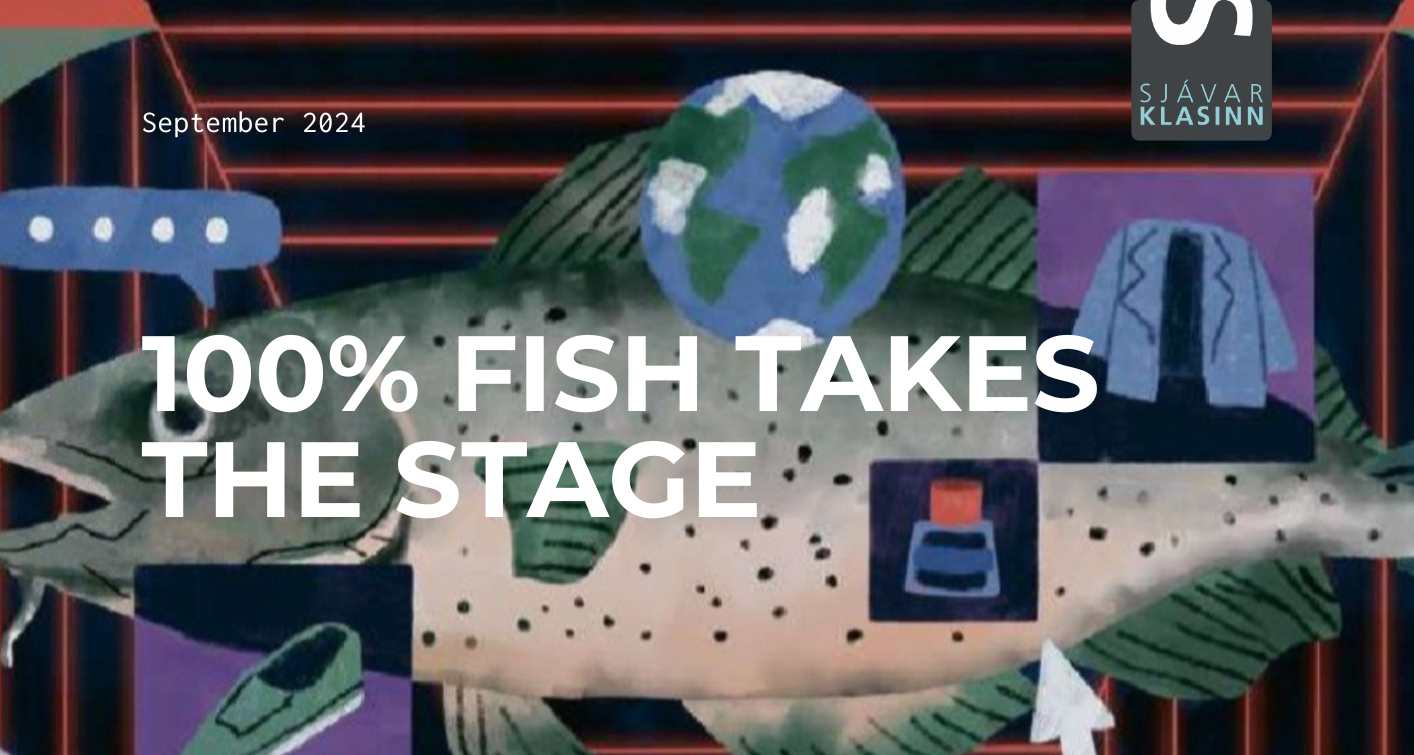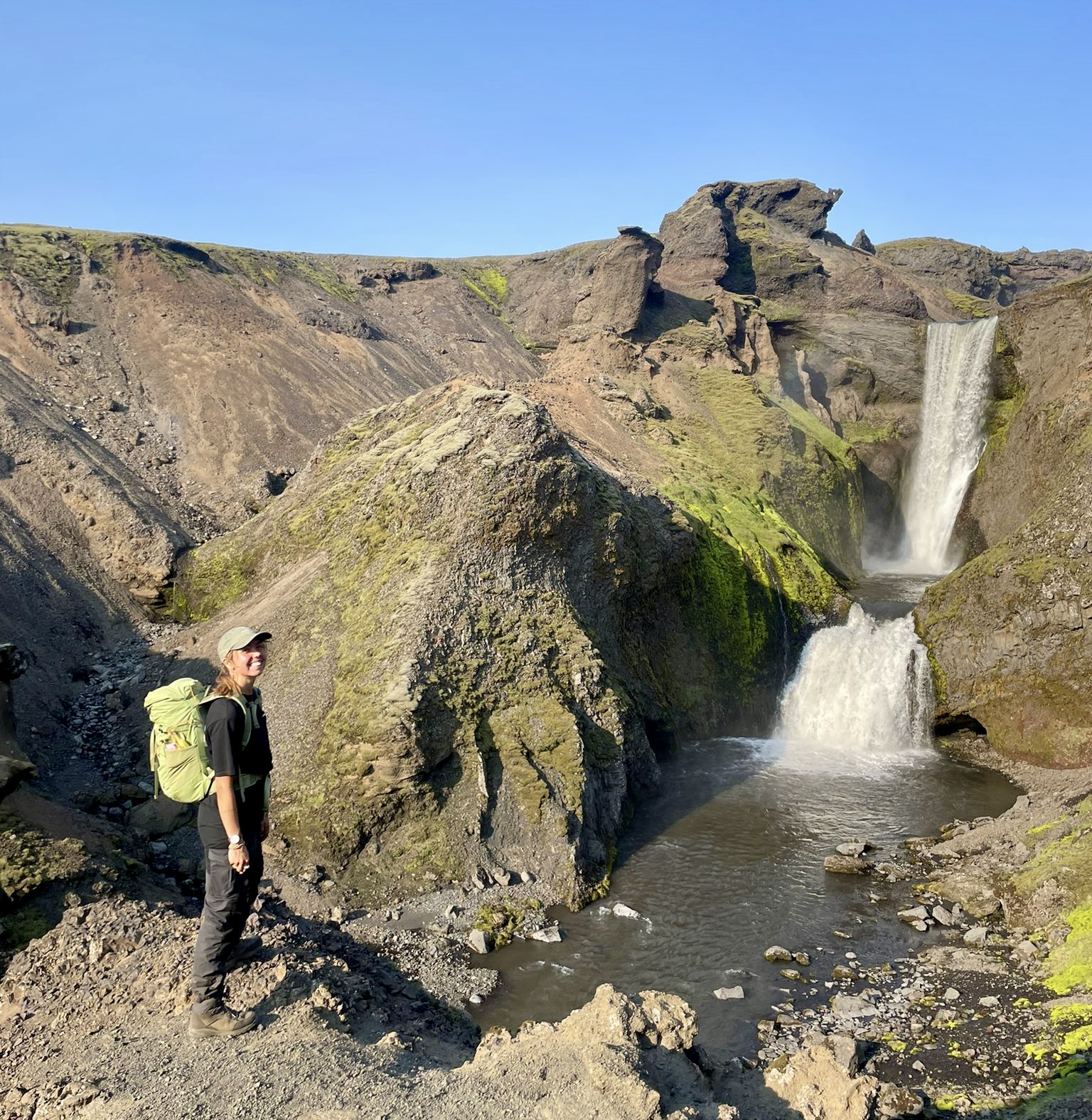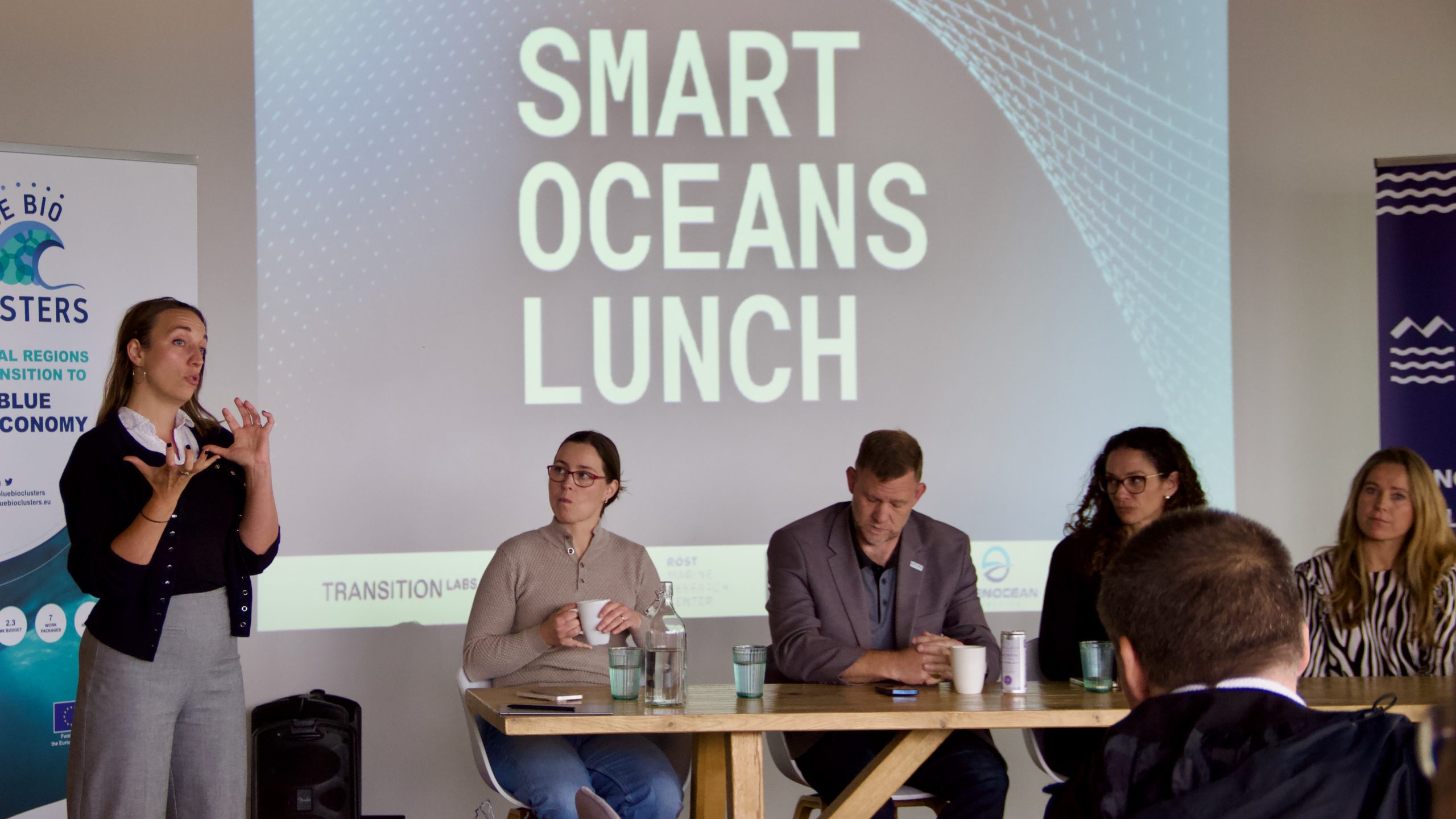Relationships between institutions that are responsible for monitoring and management of marine classes are varied. Some are almost exclusively for companies and activities related to the marine cluster, others have broader functions and are monitoring a much larger group. Tax authorities are one of them. This report will not discuss those further. The focus will be on those who have great connections and great interest with respect to companies in the ocean cluster.
The three organizations that have the greatest relationship with the ocean cluster are undoubtedly Coast Guard, Siglingastofnun (Icelandic Maritime Administration) and Fiskistofa (Directorate of Fisheries). The Coast Guard has the highest employment and highest turnover of the three institutions. Expenditures of the organization in 2010 totaled 3.5 billion ISK and 3.8 billion ISK in revenues, of this revenue 1 billion ISK was in external funding for projects the institution provided abroad. Employees were 148. The main task of the Coast Guard is law enforcement and monitoring of the ocean around Iceland. Other roles are to carry out monitoring of navigation, pollution prevention and care of their salvage. The Coast Guard also has a hydrographic department whose role is to make navigational charts and provide documents for sailors and promote safety.
The turnover of Siglingastofnun is considerably less than the Coast Guards. In 2010 the sales were just over 1.1 billion ISK, but workers were 73. Activities of the organization are diverse; it oversees the construction of ports, lightouse developments, entrance light signaling and operation of the lighthouse systems.
The agency also keeps track of the implementation of the Ship Survey Act, the measurement of vessels and the registration of ships. The organization publishes a number of certificates in connection with these activities and also handles licensing in relation to crews of ships. The organization operates the navigation and control system for navigation, monitors ocean currents and performs research related to maritime safety and the right decisions in selecting solutions to construction.
Fiskistofa employs 77 workers. The agency revenues in 2010 totaled 918 million ISK. The role of Fisheries, amongst other things, is the proper implementation of laws and regulations on fisheries management in sea and fresh water. The agency conducts inspections, collects, records and disseminates information, issuing licenses and allocating quotas.
(An abstract from a report by the Iceland Ocean Cluster.)





